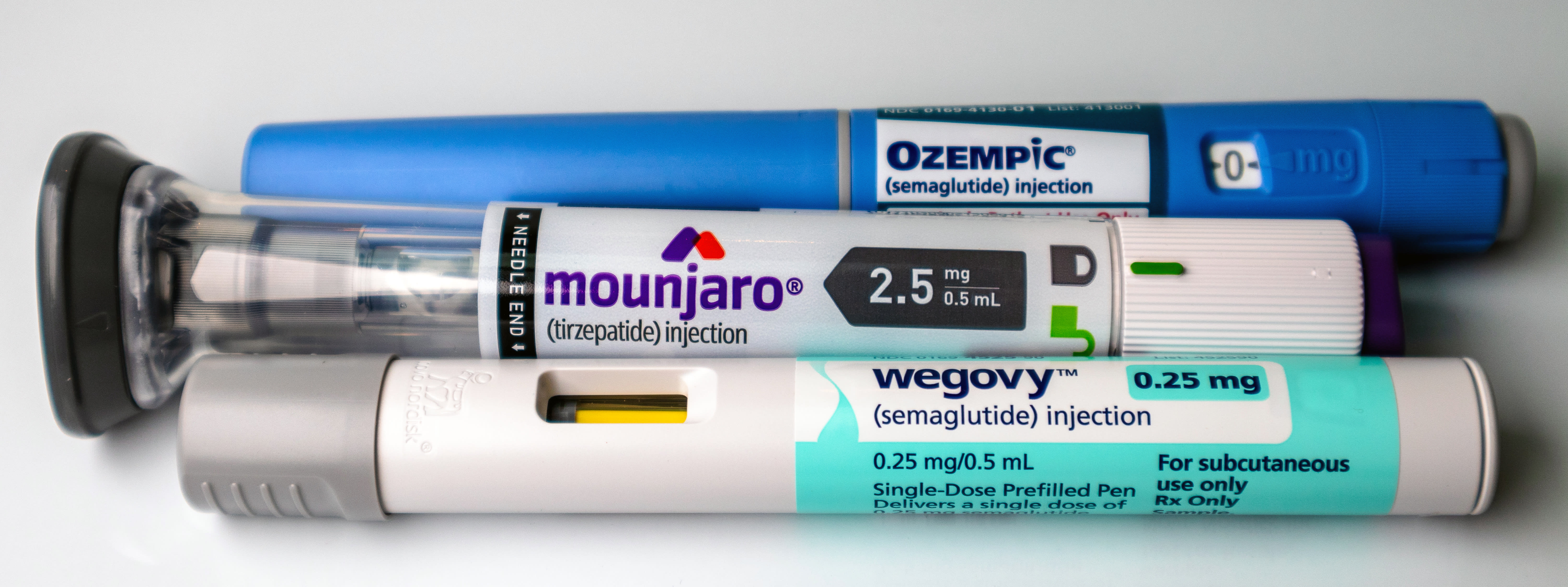Despite the effective use of glucagon-like peptide-1 receptor agonists (GLP-1 RAs), such as semaglutide and tirzepatide for type 2 diabetes mellitus (T2DM), weight management, and cardiovascular risks, research reveals they have known ocular complications, which Stacy Hu, OD, MS, FAAO, addressed in her presentation “What ODs Need to Know about GLP-1 RA Medications like Semaglutide and Tirzepatide,” given at the 2025 meeting of the American Academy of Optometry.

Summarizing her presentation, Dr. Hu said, “All patients should have a baseline dilated comprehensive eye examination before starting any GLP-1 RAs to determine the baseline level of diabetic retinopathy (DR) and risk factors for developing non-arteritic anterior ischemic optic neuropathy (NAION).” She broke down the current research by ocular condition:
Diabetic Retinopathy (DR)
-
Rapid A1C reduction may cause early worsening of DR, a phenomenon first documented in type 1 diabetes studies. The early worsening of DR is not due to the GLP-1 RA medication itself. The benefits of being on GLP-1 RA medications currently outweigh the risks of early worsening of DR.
-
In the SUSTAIN-6 trial, 3% of patients using semaglutide developed DR complications vs 1.8% who took the placebo. Most patients had preexisting DR.
-
Tirzepatide has been associated with higher odds of proliferative DR in patients who have baseline moderate nonproliferative DR and diabetic macular edema (DME). Patients without DR or DME at baseline were less likely to develop any retinopathy after starting tirzepatide.
NAION
-
Semaglutide: Multiple retrospective studies show an increased risk of NAION in patients who have T2DM or obesity.
-
Hazard ratio was 4.28 in T2DM and 7.64 in obesity cohorts.
-
Researchers have observed higher risks in patients ages 40 to 64, in women, and in White patients.
-
-
Liraglutide: This as been linked to elevated NAION risk, but data are currently limited.
-
The overall risk of developing NAION is low; however, there is a large body of evidence that shows an association with developing NAION and taking either oral or subcutaneous semaglutide.
Age-Related Macular Degeneration (AMD)
-
Wet AMD: The risk of wet AMD was higher among GLP-1 RA users (0.2% vs 0.1%, HR 2.11) over 3 years, particularly in those with a longer duration of use. The overall risk of developing wet AMD is low in this cohort, and more research is needed to draw more definitive conclusions.
Clinical Considerations
-
In addition to the baseline dilated retinal examination before patients start using GLP-1 RA therapy, ODs should closely monitor patients who have preexisting DR, especially if DME is present, Dr. Hu said.
-
Also, optometrists should educate patients on the signs of NAION and to discontinue GLP-1 RA therapy if it develops.
-
Currently, benefits in reducing A1C and lowering cardiovascular risk factors outweigh ocular adverse events.
For more information on GLP-1 RAs and ocular complications, see the May article, "Diabetic Retinopathy and Glucagon-Like Peptide-1 Agonists," here. OM



